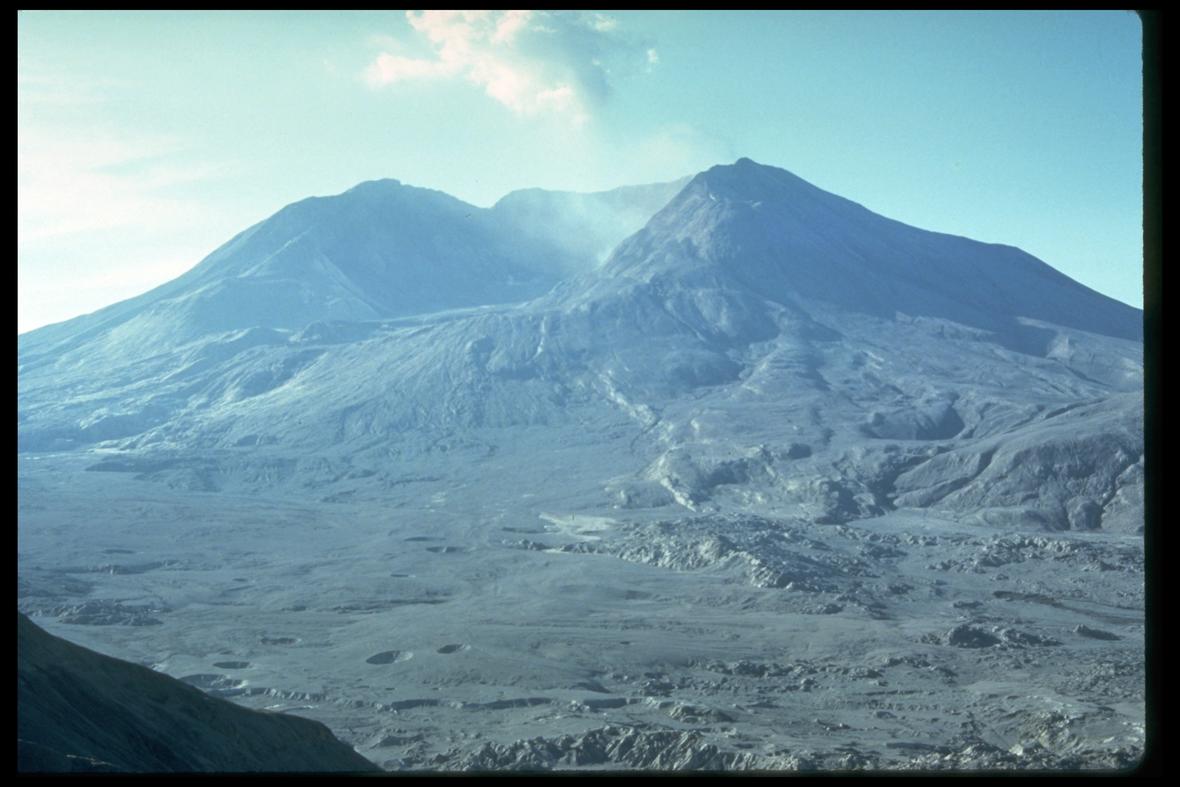Systems science covers how basic working elements of systems enable open systems to operate and survive in a universe that would otherwise rip them apart. This is a universal discipline that is depended on in countless professions and fields of science. Without systems science, a lot of the picture gets missed. Understanding these basics will be vital for understanding why this organization takes the stances it takes, so hopefully, this crash course will make our stances make more sense by making systems science easier to understand.
Follow-up notice: Don’t worry too much about getting the terms right. They are just there because some people learning this may want to learn it, terms and all. The examples are there for you to follow along either way, and they have both visual aids and familiar examples of whatever I describe.
The Nature of Systems
A system is simply parts that operate together in a structure and produce results. “Open systems” are systems that can be affected from outside of the systems in question. When open systems receive input of resources and process those resources, this processing is called “throughput“. Open systems come in many forms and they all have “nested” relationships. Our universe, for example, has more than one other system inside, making it a “supersystem“. The galaxies inside of the universe are an example of the “supersystems within supersystems” trait found in complex systems. For example, the supersystem of “the solar system” has a set of supersystems called “planets”.
Boundaries and Feedback
What ties a system together are “boundaries”, which are functions that hold the structure of a system together by managing a normal range of increase and decrease or input and output within a system. (Normal range, is the important take-away from that). The average stable boundary point over time is called “equilibrium” and the normal range is called “dynamic equilibrium“. Keeping within dynamic equilibrium provides a stable state, known as “homeostasis“. But the boundaries of open systems aren’t frozen in place. They fluctuate, like the tides. Also, boundaries like tides can also be complex systems themselves. In systems science, boundary range is examined in relationship to “positive feedback” and “negative feedback” and boundary “permeability“. But beware of how you interpret “positive feedback” and “negative feedback”, as they don’t mean anything like what they mean in everyday use.

- Any changing away from the normal range is “positive feedback”. It doesn’t matter if it’s from increasing above the normal range, or if from decreasing below the normal range, any changing from the normal range is “positive feedback” because it’s an increased change.
- Any changing toward or reinforcing of the normal range is “negative feedback”. It doesn’t matter if the activity is way above or below the normal range, nor does it matter if it is weak or strong. If the activity is moving closer to the normal range, it’s “negative feedback”, because it’s still a reduction of change.
 For example, Mount St. Helens kept to a certain size for quite some time. But as the eruption began, an entire side of the mountain began collapsing. The size of St. Helens was also decreasing as parts of the mountain were blasted into the air. Getting smaller was an increase of change for the mountain. As stated previously
For example, Mount St. Helens kept to a certain size for quite some time. But as the eruption began, an entire side of the mountain began collapsing. The size of St. Helens was also decreasing as parts of the mountain were blasted into the air. Getting smaller was an increase of change for the mountain. As stated previously , any increase of change whether more or less than before is “positive feedback”. So the landslide and the eruption made the mountain smaller, but smaller is a type of change. They were both were positive feedback. However, St. Helens got bigger as the parts of the mountain fell back down, bringing it slightly closer to its normal size. That growth was “negative feedback” even though the growth itself was negligible.
, any increase of change whether more or less than before is “positive feedback”. So the landslide and the eruption made the mountain smaller, but smaller is a type of change. They were both were positive feedback. However, St. Helens got bigger as the parts of the mountain fell back down, bringing it slightly closer to its normal size. That growth was “negative feedback” even though the growth itself was negligible.
The Role of Controllers and Types of Negative Feedback

Gravity is part of the Mount St. Helens system. Any element in a system, like gravity, that actively or passively provides negative feedback to a system is called a “controller”. During the famous eruption, gravity caused positive feedback for the size of the mountain through the landslide, but it also produced both types of negative feedback for systems. Gravity produces “reinforcing feedback” for the mountain by giving it the weight that holds St. Helens to the Earth. Reinforcing feedback helps strengthen a boundary. Gravity is only one form of the “reinforcing feedback” that kept the volcano together during the explosive event. The other type of feedback gravity produced during the catastrophe was “corrective feedback”, which undermines change. Although it didn’t make a major difference, the parts of the mountain that managed to land back on the mountain were a product of gravity generating “correcting feedback” at the boundary related to size. This helps to illustrate that even the slightest amount of activity of a system that moves the system back toward the boundary is still negative feedback.

Why It Matters
So what systems science is about, is how systems survive in a universe that would otherwise tear them apart. This basic structural survival relationship has to be taken into account if you don’t want to miss the bigger picture. That’s because the effect of one system’s corrective feedback can make positive feedback for another. When we think about changing systems, we need to understand what it takes to overwhelm reinforcing feedback and correcting feedback. And when interacting with systems, we need to know what’s positive feedback and what’s negative or else we are likely to misinterpret what’s happening and why. As we observe phenomena, this struggle for survival at the skeletal level of every system has to be taken into account to avoid getting blindsided by complications created because systems react to other systems within these processes.
Further Resources
Everything I have put in the article above is common knowledge about systems science, but there is some variance within the terminology across the disciplines. The idea of explaining systems via Mount St. Helens is my own, but not much different from how Plengdut does below. I didn’t want to overwhelm the readers. These resources help readers quickly verify that the above info is sound. They also provide more info than this crash course can cover.
American Association for the Advancement of Science Science Literacy Benchmark for Systems Science for Grades 9-12
APA article noting the centrality of Systems Science to the study of human behavior in couple and family psychology
Plengdut.com provides a very easy to follow application of Systems Science to earth science
Lumen’s chapter on homeostasis and feedback loops
Medicine and biology applying Systems Science
Scientific American’s fantastic article on homeostasis and the wobbly nature of open systems
Very well-made summary of General Systems Theory and key systems science terms.
One more overview of Systems Theory with a larger list of terms
Older Receptive Skepticism Posts on Systems Science:
Systems Theory is Necessary Science for Skeptics to Know
Seeing Scorn for What It Is and Knowing It Is There
The Science for Scorn Being Too Awful
This is the first post of our “Systems Science and Receptive Skepticism” series. See Entry 2
